Explore the fascinating world of American grocery stores from decades past. This blog takes you on a nostalgic journey through 29 vintage photos, each capturing the essence of different eras and styles. From quaint neighborhood markets to bustling urban emporiums, these images reveal the charm and character that defined grocery shopping in the past. Join us as we dive into a visual history lesson, showcasing the evolution of consumer culture, design trends, and community gathering spots. Discover how these essential retail spaces have transformed over the years, offering a glimpse into the everyday lives of Americans.
Corner Store Charm
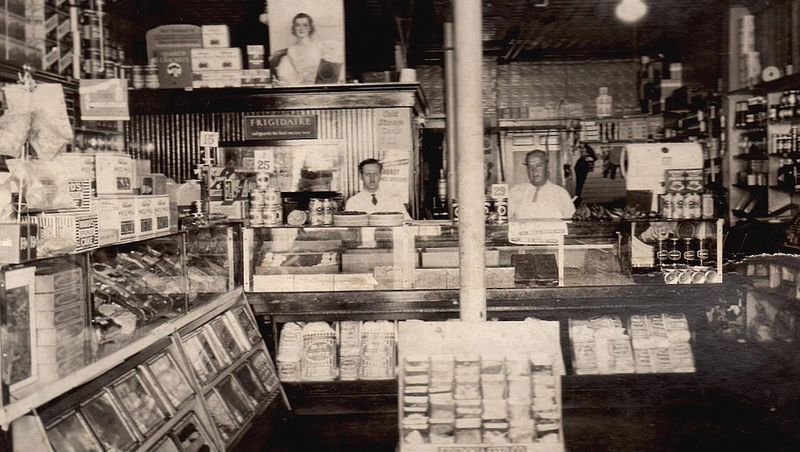
In the heart of a bustling neighborhood, corner stores served as community hubs. With wooden shelves lined with canned goods, these quaint shops brimmed with character. The friendly shopkeeper in their crisp white apron knew customers by name. These stores, often family-owned, exuded a warm, welcoming aura.
Decorated with vintage signage and a simple cash register, the corner store was a place to catch up on local news. The smell of fresh produce mingled with the aroma of coffee, inviting patrons to linger. Such was the charm of these bygone retail treasures.
Art Deco Aisles
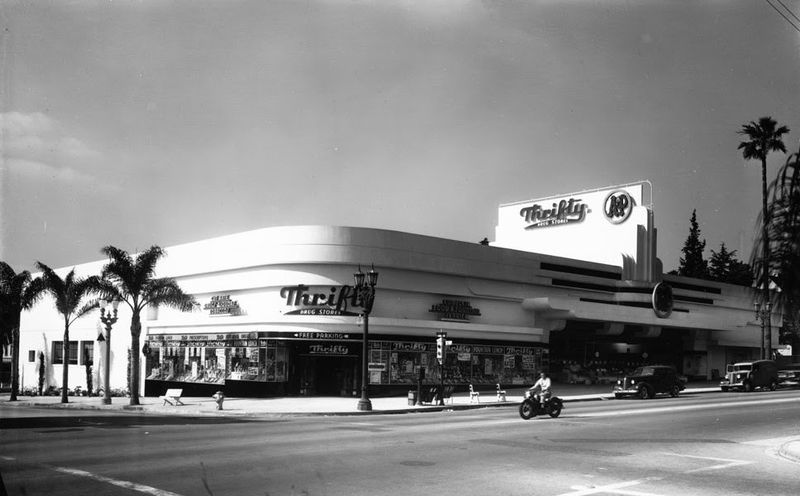
The 1930s brought the glamour of Art Deco to supermarket design. Geometric patterns adorned the floors, while sleek metal fixtures provided a touch of elegance. Shoppers in stylish attire browsed aisles filled with neatly arranged products.
The Art Deco influence extended beyond architecture, reflecting in the sophisticated packaging of goods. These supermarkets were a testament to the era’s pursuit of modernity and style. Customers enjoyed a sense of luxury as they selected everyday essentials, making grocery shopping an experience to cherish.
Post-war Prosperity
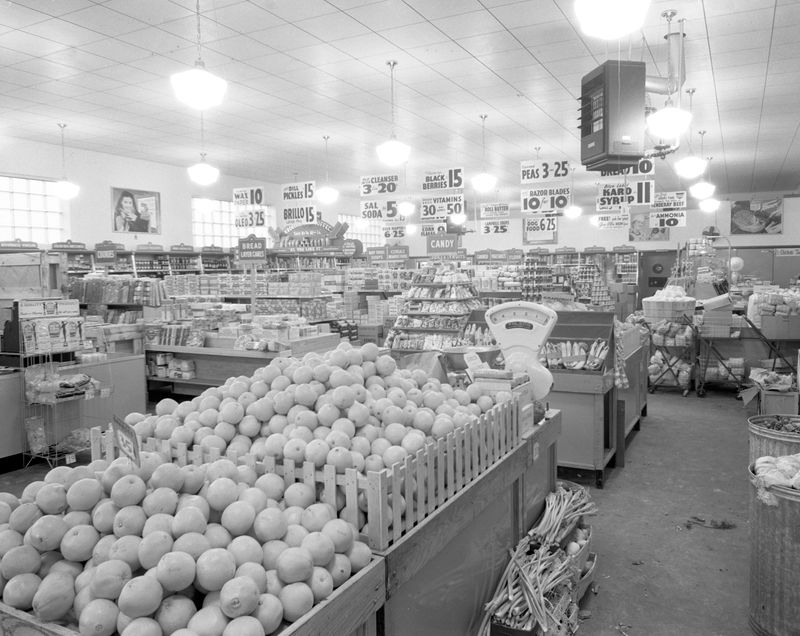
The post-war era saw grocery stores evolve, mirroring the prosperity of the time. Shelves overflowed with new products, symbolizing abundance. Cheerful signage beckoned shoppers, while busy checkout areas bustled with families.
Grocery stores became larger, accommodating the growing consumer demands. The atmosphere buzzed with energy as people embraced a new era of convenience and choice. These stores not only provided essentials but also represented hope and progress for a better future.
Self-service Revolution
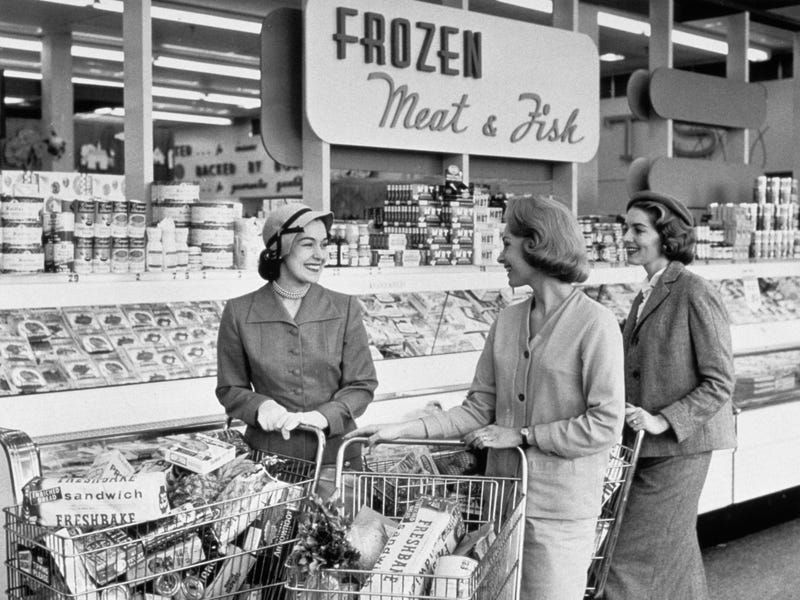
The 1950s marked a turning point in grocery shopping with the introduction of self-service. Customers pushed carts along aisles, selecting items independently. This innovation revolutionized the shopping experience, offering freedom and efficiency.
With neatly arranged shelves and clearly labeled sections, supermarkets became more accessible. The self-service model catered to the fast-paced lifestyle of post-war America, transforming grocery stores into modern retail spaces. People enjoyed the newfound autonomy, making shopping a more streamlined affair.
The Rise of Supermarkets
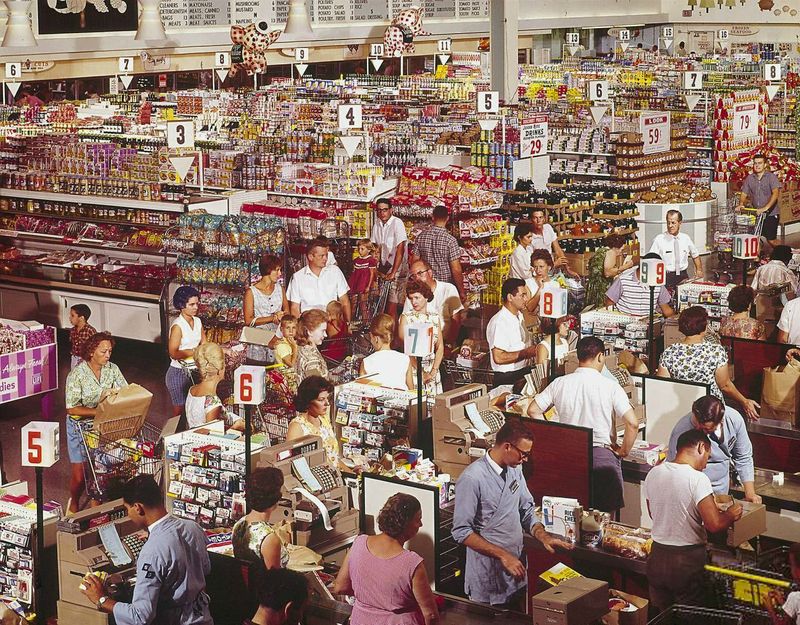
By the 1960s, supermarkets emerged as dominant players in the retail landscape. With wide aisles and fluorescent lighting, these stores offered a diverse range of products under one roof. Convenience became a hallmark of the shopping experience.
Shoppers marveled at the variety, from fresh produce to household goods. The supermarket’s vast size and modern layout appealed to the evolving tastes of consumers. It was an era of exploration, where grocery shopping transformed into a leisurely activity.
Old-World Butcher Shops
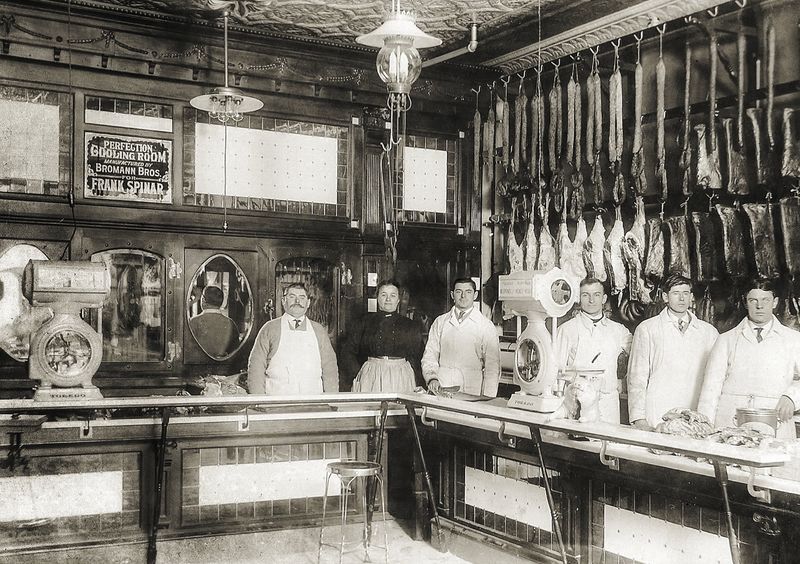
Step back into the era of old-world butcher shops, where the air was filled with the rich aroma of cured meats. Butchers, clad in crisp white aprons, expertly displayed their cuts, enticing customers with personalized service. These shops were more than places to buy meat; they were community hubs where neighbors exchanged news and recipes.
The butcher knew each customer by name, fostering a sense of belonging. Vibrant chalkboards advertised daily specials, adding to the charm. Today, the memory of these shops lives on, evoking a sense of nostalgia and appreciation for artisanal craftsmanship.
Classic General Stores
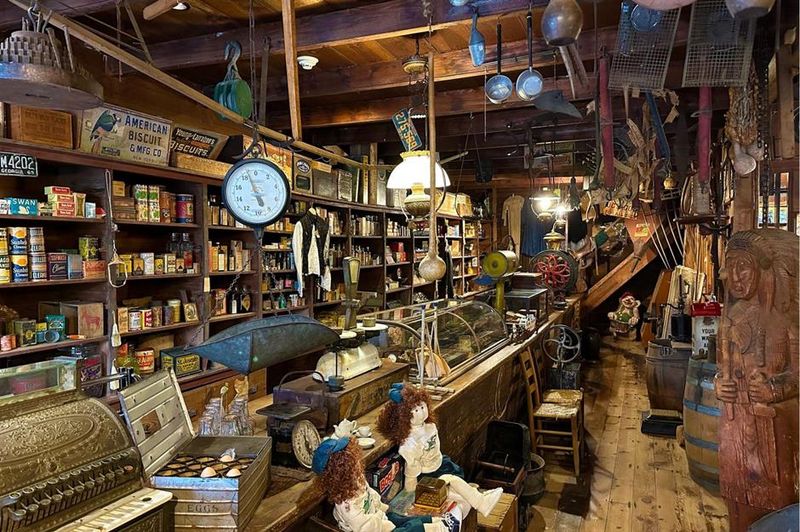
Imagine stepping into a classic general store from the 1930s, where the creaky wooden floors whispered stories of countless shoppers. These stores were treasure troves, housing everything from canned goods to fresh produce, each item meticulously organized. The shopkeeper, often a lifelong resident, greeted visitors with a warm smile and helpful advice.
Customers could weigh their own produce, a simple pleasure that connected them to the food they purchased. Such stores were not just about transactions but about experiencing a sense of community, where shopping was a social event.
50s Soda Fountains
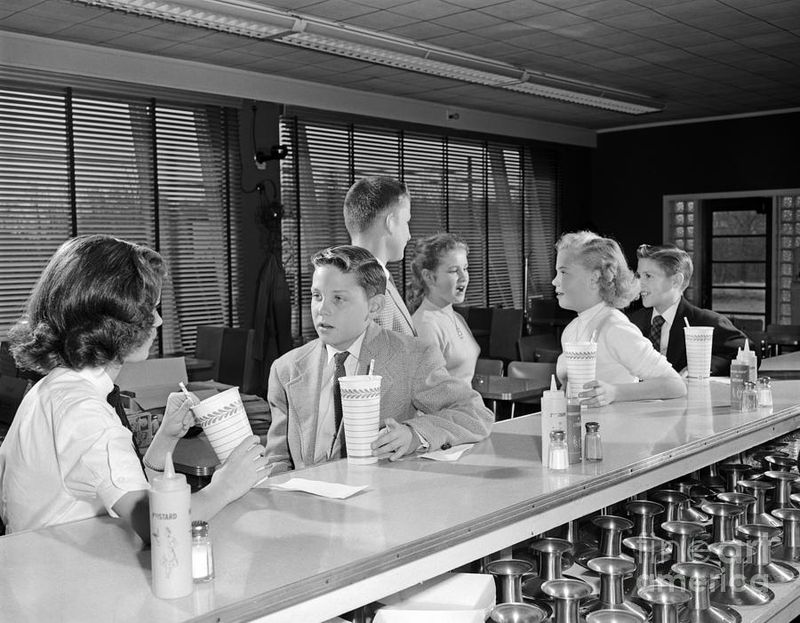
The 1950s soda fountains were the heart of social gatherings, where friends bonded over fizzy drinks and milkshakes. The cheerful atmosphere, complete with juke boxes playing the latest hits, made these places a favorite hangout for teenagers. Seated at the counter, patrons watched soda jerks expertly whip up concoctions with flair.
Each visit was a sensory adventure, from the clinking of glassware to the sweet aroma of syrups. These soda fountains were more than just places to quench thirst; they were vibrant cultural icons that defined an era of youthful exuberance.
Traditional Bakeries
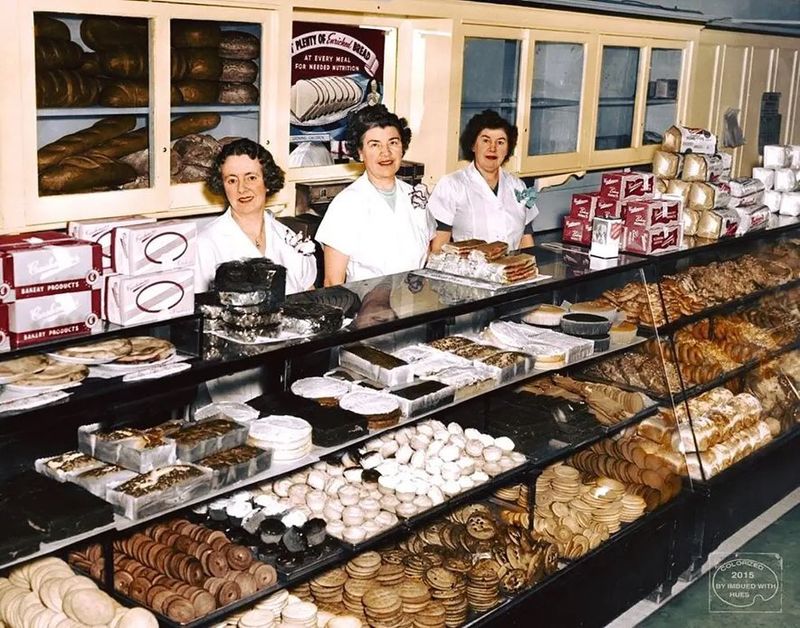
Step into a 1940s bakery, where the scent of freshly baked bread wafted through the air, inviting patrons to indulge. Bakers, donning white caps, showcased their creations in beautifully arranged displays, each loaf and pastry a testament to their skill. These bakeries were a haven for those seeking warmth and comfort.
Customers relished the personal interaction, often sharing a story or two with the baker. The artistry of baking was celebrated, with every purchase offering a taste of tradition and community. Such memories linger, capturing the essence of simpler times.
Farmers’ Markets
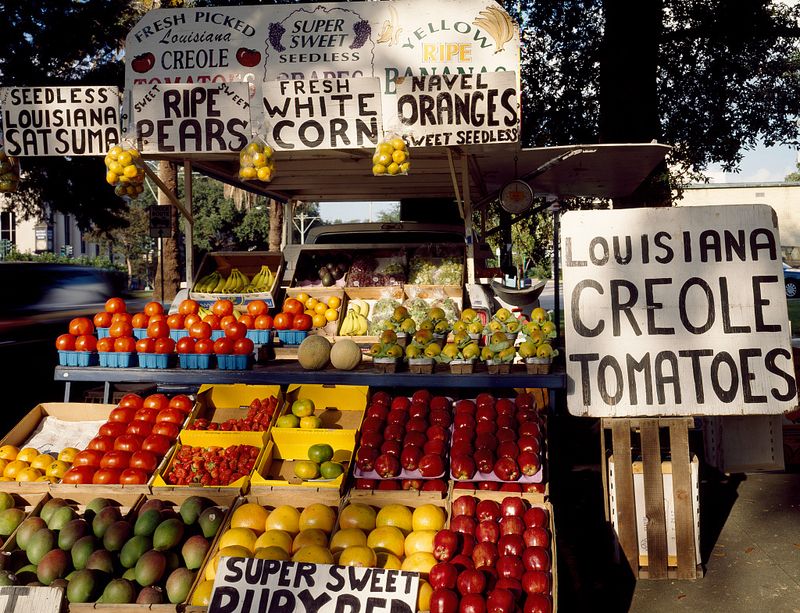
Farmers’ markets of the 1960s were vibrant hubs of activity, where city dwellers and country folk came together. Stalls brimming with fresh produce and homemade goods attracted shoppers eager for quality and authenticity. These markets were a feast for the senses, a riot of colors and scents.
Vendors enthusiastically shared stories about their farms, creating a direct connection between producer and consumer. The joy of discovering seasonal specialties made each visit unique. Farmers’ markets embodied the spirit of collaboration and community, offering a nostalgic reminder of life’s simpler pleasures.
Penny Candy Stores
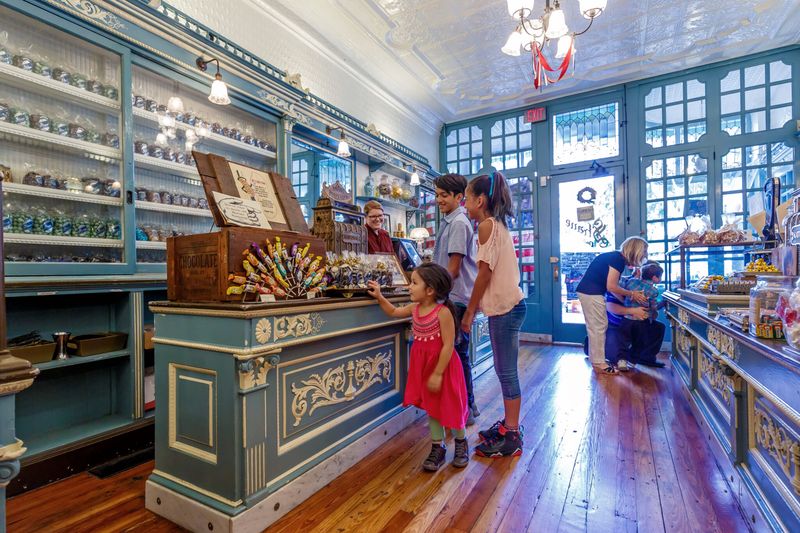
Penny candy stores of the 1920s were magical places, where children spent their hard-earned coins on delightful treats. Glass jars lined the shelves, each filled with colorful confections that sparkled like jewels. The shopkeeper, often a friendly face, guided young customers in their sweet selections.
These stores were tiny wonderlands, offering a moment of joy and indulgence. Every purchase was an event, an opportunity to savor the simple pleasures of childhood. Such memories hold a special place in the hearts of those who experienced the delight of a penny candy store.
Neighborhood Dairies
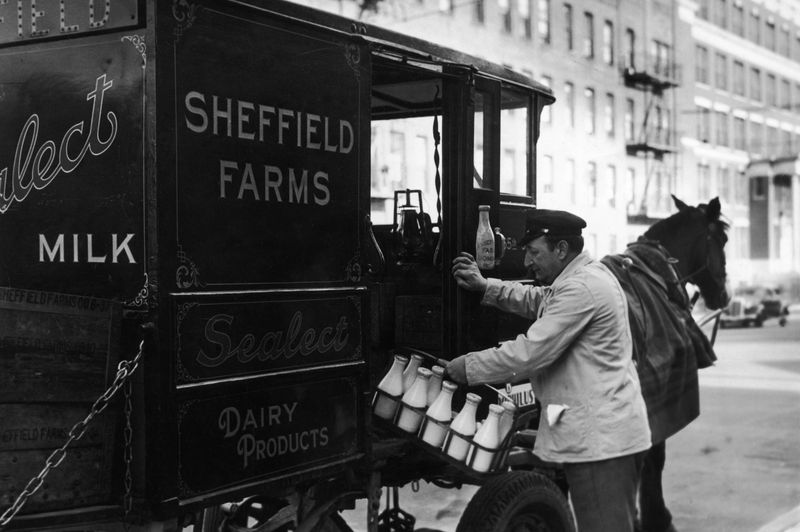
In the 1930s, neighborhood dairies were essential for fresh milk and dairy products. The sight of a milkman delivering glass bottles to doorsteps was a familiar and comforting ritual. Inside the dairy shop, counters displayed an array of creamy delights, from butter to cheese.
Families would visit to pick up their weekly supply, often chatting with the dairy owner about local happenings. These dairies were more than providers of nourishment; they fostered community interaction and trust, leaving a legacy of cherished memories and a yearning for simplicity in our modern lives.
Old-Fashioned Spice Shops
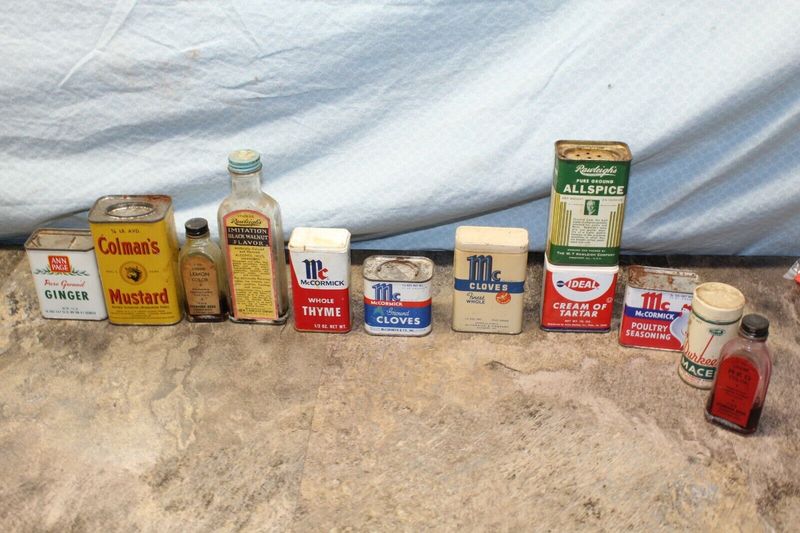
The 1940s spice shops were aromatic escapes, where the air was rich with exotic scents. These small, cozy establishments offered a plethora of spices, each carefully stored in glass jars. The shopkeeper, often a spice aficionado, guided customers through their olfactory journey.
Spices were measured and weighed with precision, creating a tactile connection to the cooking process. The allure of these shops lay in their ability to transport patrons to far-off lands, igniting culinary creativity. Such experiences remain etched in memory, a testament to the timelessness of flavor and tradition.
Artisan Cheese Stores
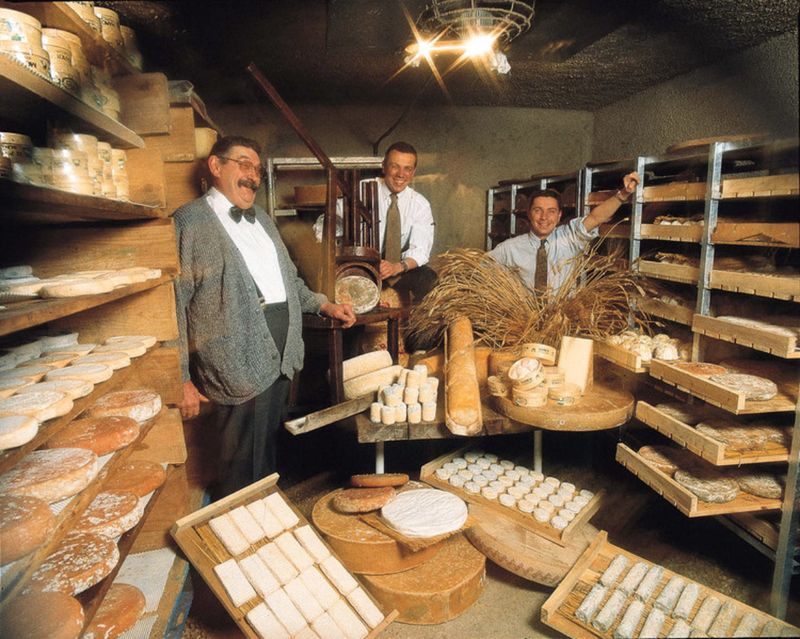
Artisan cheese stores of the 1950s were havens for cheese enthusiasts. Shelves stacked with wheels and blocks of cheese transformed these shops into gourmet wonderlands. The cheesemonger, knowledgeable and passionate, offered samples to eager customers, enhancing the shopping experience.
These stores were more than places to buy cheese; they were destinations for culinary discovery. Shoppers were introduced to new flavors and textures, each visit an opportunity to explore the art of cheese-making. Such establishments celebrated the joy of food, creating lasting memories for those who appreciated quality and craftsmanship.
Historic Fishmongers

The 1930s fishmongers were bustling places, filled with the scent of the sea. Fresh catches were displayed prominently, each fish glistening under the shop lights. The fishmonger, skilled in his trade, offered advice on the best selections and preparation methods.
Customers, both regulars and newcomers, were drawn to the quality and variety of seafood available. These shops provided more than just fish; they offered a connection to the ocean, a reminder of nature’s bounty. The tradition of fishmongering continues to be cherished, a testament to the enduring appeal of fresh seafood.
Vintage Tea Rooms
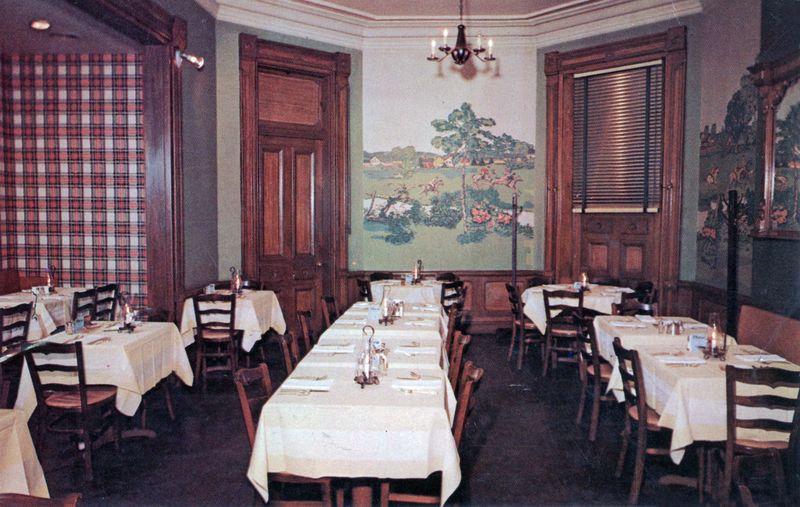
The charm of vintage tea rooms in the 1950s was unmatched. With floral tablecloths and delicate china, these venues offered a serene escape from the hustle and bustle. Patrons gathered to enjoy a leisurely afternoon, sipping tea and savoring freshly baked pastries.
Conversations flowed as freely as the tea, with laughter and camaraderie shared among friends. These tea rooms were more than just places to dine; they were sanctuaries of relaxation and socialization. The legacy of such establishments lives on, a cherished reminder of the importance of taking time to enjoy life’s simple pleasures.
Rural Feed Stores
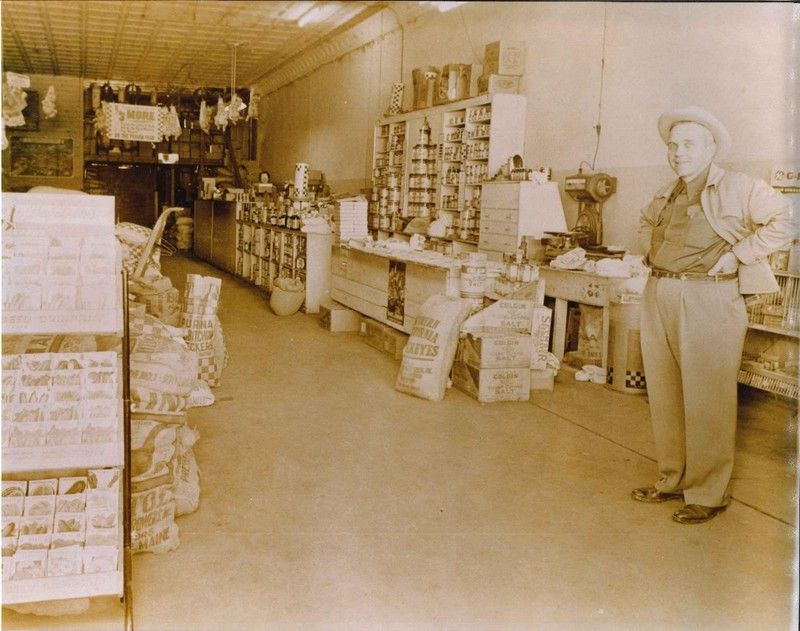
In the 1940s, rural feed stores were vital to farming communities, offering supplies essential for agricultural life. With sacks of grain stacked high and farming tools on display, these stores were lifelines for farmers. The store owner, knowledgeable and approachable, provided valuable advice on crop and animal care.
Conversations often revolved around weather patterns and harvest expectations. These feed stores were more than commercial establishments; they were community centers where farmers gathered to share knowledge and camaraderie. The enduring spirit of these stores reflects the backbone of rural America.
Quaint Produce Stands
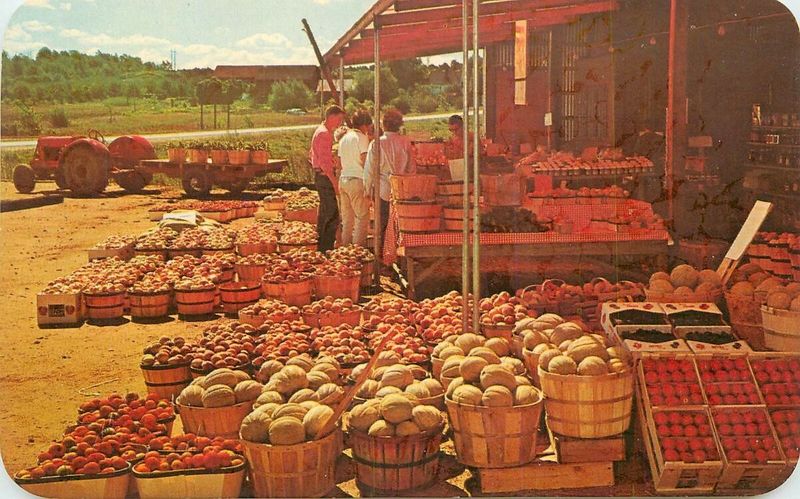
The 1950s roadside produce stands were beacons of freshness and simplicity. Laden with an array of fruits and vegetables, these stands offered a taste of the land’s bounty. Vendors, often farmers themselves, engaged with customers, sharing tips and stories about the produce.
The vibrancy of the colors and the freshness of the goods drew passersby, turning a simple stop into an enriching experience. Such stands were more than just places to buy food; they were symbols of the connection between people and the earth. The nostalgia for these stands endures, celebrating the joy of fresh produce.
Local Mercantiles
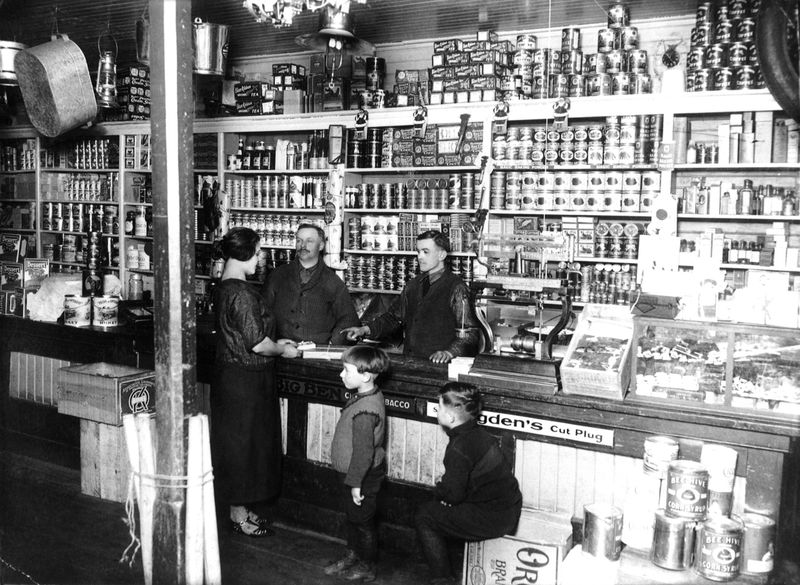
The local mercantile stores of the 1920s were bustling hubs of variety and convenience. With shelves brimming with an assortment of goods, from tools to textiles, these stores catered to every need. The shopkeeper, a fixture in the community, often knew each customer by name.
Visiting the mercantile was more than a shopping trip; it was a chance to socialize and catch up on local news. The diverse offerings and the personal touch made each visit memorable. Today, these stores are fondly remembered as symbols of a time when community and commerce were intertwined.
Early Health Food Stores
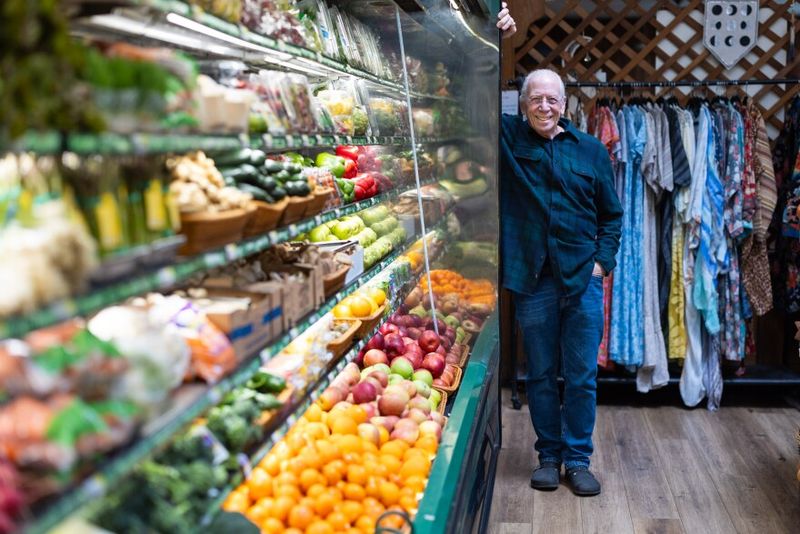
The 1970s saw the emergence of health food stores, pioneering an era of conscious consumerism. These stores, filled with natural and organic products, attracted those seeking healthier lifestyles. The shopkeeper, often well-versed in nutrition, guided customers in their choices.
The appeal lay in the promise of wholesome living, with products that supported well-being. Each visit was an opportunity to explore new dietary trends and make informed choices. These early health food stores were more than commercial ventures; they were catalysts for a movement that continues to evolve today, championing health and sustainability.
Historic Delicatessens
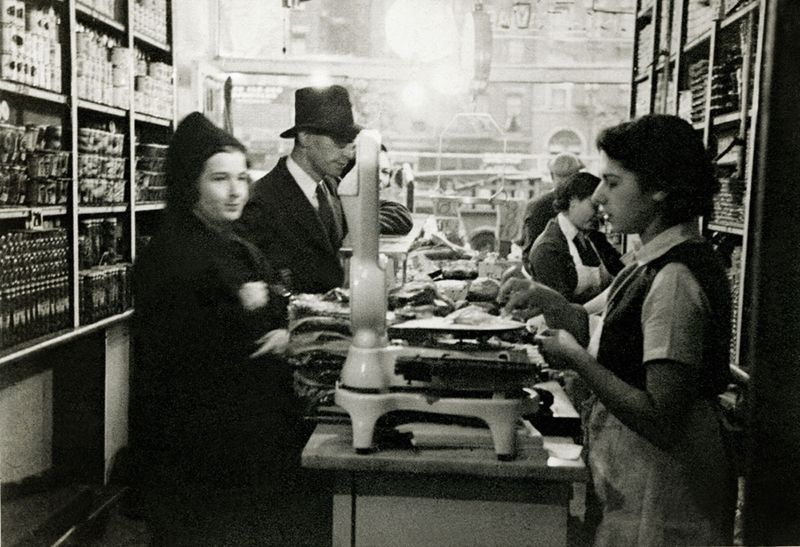
The 1940s delicatessens were vibrant, bustling places where the aroma of cured meats filled the air. Displays of mouthwatering selections of meats and cheeses tempted patrons. The deli worker, personable and efficient, crafted sandwiches with care, pleasing each customer’s palate.
These delis were more than lunch stops; they were cultural gatherings, where diverse flavors converged. Through the exchange of recipes and food stories, customers and deli workers built a sense of community. Such delicatessens remain beloved for their contribution to American culinary heritage, offering a taste of tradition and innovation.
Prohibition-Era Saloons
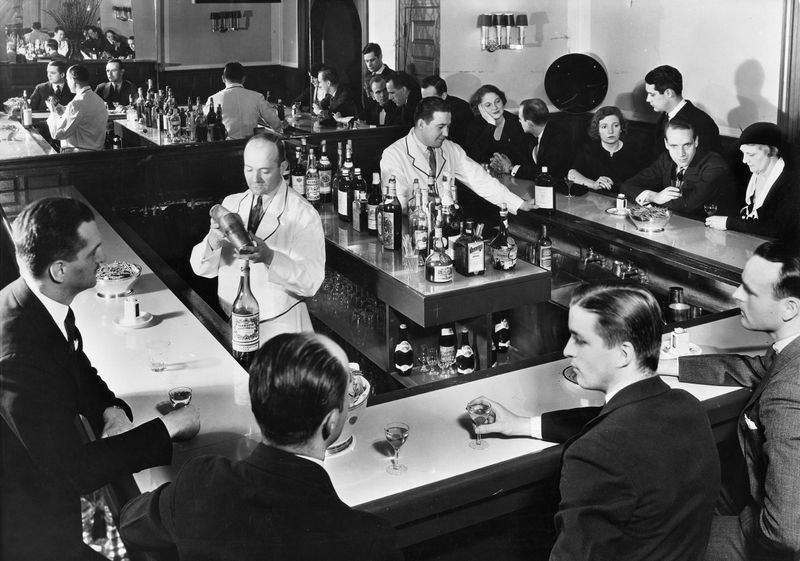
During the prohibition era of the 1920s, speakeasies became secret havens of socialization and rebellion. Hidden behind unassuming facades, these saloons offered a lively atmosphere filled with jazz music and whispered conversations. The bartender, skilled in the art of mixology, served prohibition-style cocktails with flair.
Patrons relished the thrill of the forbidden, finding solace in the camaraderie of fellow revelers. These saloons were more than places to drink; they were symbols of resilience and creativity. The legacy of speakeasies endures, reminding us of a time when ingenuity triumphed over restriction.
Old-Timey Grocery Carts
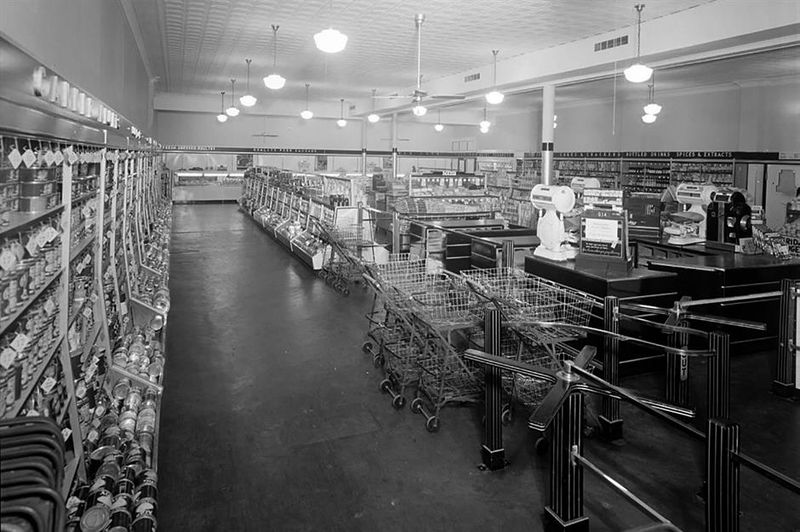
In the 1940s, the introduction of metal shopping carts revolutionized grocery shopping. These carts, sturdy and functional, made navigating aisles easier for shoppers. Mothers with children in tow appreciated the convenience they provided, transforming the shopping experience into a more efficient endeavor.
The sight of aisles filled with carts became synonymous with modern consumerism. These carts marked a shift in how Americans shopped, emphasizing convenience and abundance. The enduring image of the grocery cart symbolizes an era of change and continues to be a fundamental part of the shopping experience today.
Vintage Cracker Barrels
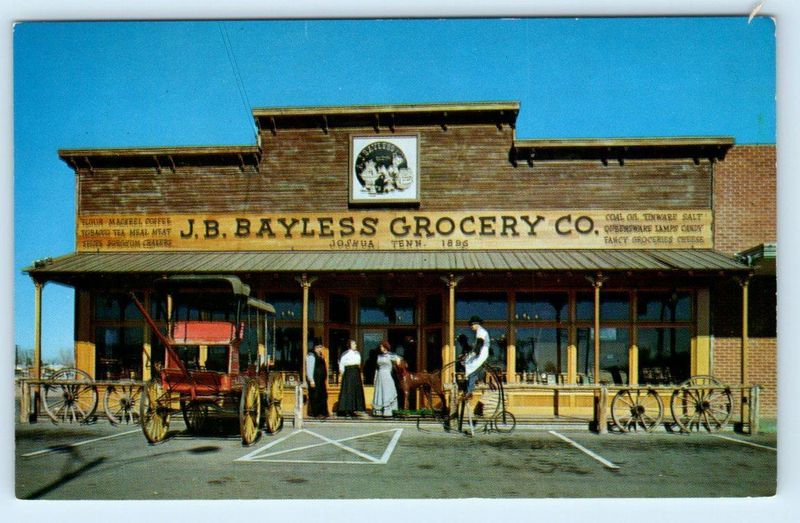
The 1950s cracker barrel stores exuded rustic charm, with barrels filled with various types of crackers, inviting customers to sample their offerings. The shopkeeper, attentive and knowledgeable, guided patrons through their selections, ensuring satisfaction with every purchase.
These stores were more than just places to buy crackers; they were social hubs where stories were shared over snacks. The simple pleasure of selecting from an array of cracker varieties made each visit a delightful experience. Such stores are fondly remembered for their contribution to creating warm and welcoming community spaces.
Historic Millinery Shops
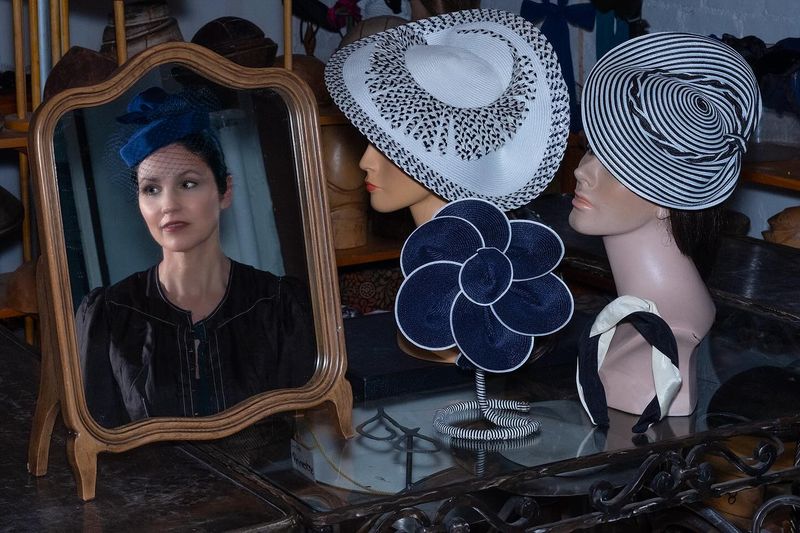
The millinery shops of the 1930s were elegant boutiques where fashion-conscious individuals sought the perfect hat. Hats of all styles and sizes adorned the displays, each meticulously crafted by skilled milliners. The process of selecting a hat was an experience in itself, as customers tried on various styles before a mirror.
The milliner, with an eye for detail, offered personalized advice, enhancing the shopping experience. These shops were more than retail spaces; they celebrated the art of millinery, adding a touch of sophistication to everyday life. The legacy of these shops endures, highlighting the timeless appeal of stylish headwear.
Vintage Chocolate Factories
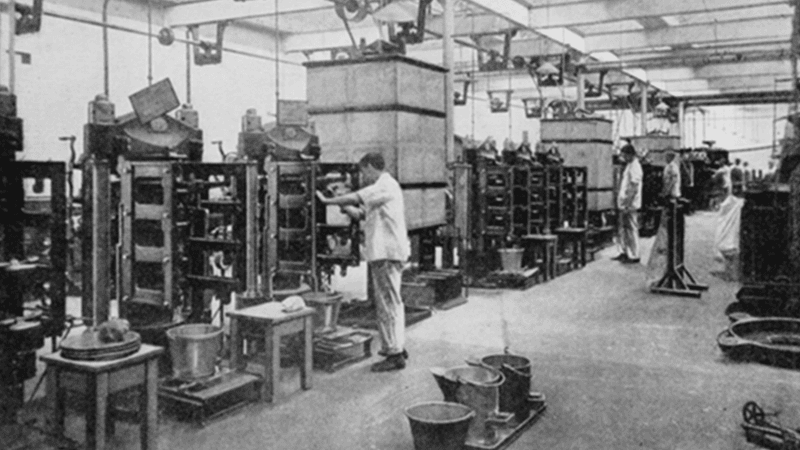
In the 1950s, chocolate factories were places of wonder, where the sweet aroma of cocoa filled the air. Workers, donned in uniforms, diligently crafted chocolate bars, ensuring quality in every bite. The chocolatier, overseeing production, brought expertise and passion to the art of chocolate-making.
These factories were more than places of production; they were dreamlands where imagination and flavor converged. Each chocolate bar represented a labor of love, bringing joy to those who indulged. The nostalgia for these factories remains, a testament to the enduring appeal of chocolate and its magical ability to delight.
Retro Ice Cream Parlors
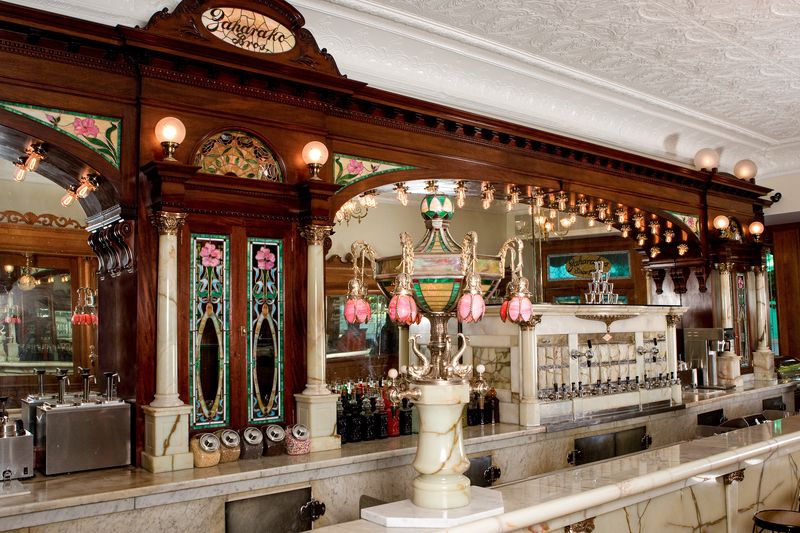
The 1960s ice cream parlors were vibrant, colorful retreats where families gathered to enjoy sweet treats. The soda jerk, a master of sundae creation, delighted patrons with elaborate ice cream concoctions. The joyful atmosphere, complete with vintage decor, made each visit a memorable event.
Children, wide-eyed with excitement, savored their cones while parents shared in the simple pleasure of indulgence. These parlors were more than places to enjoy dessert; they were community fixtures where memories were made. The legacy of such parlors continues, capturing the essence of fun and camaraderie.
Retro Hardware Stores
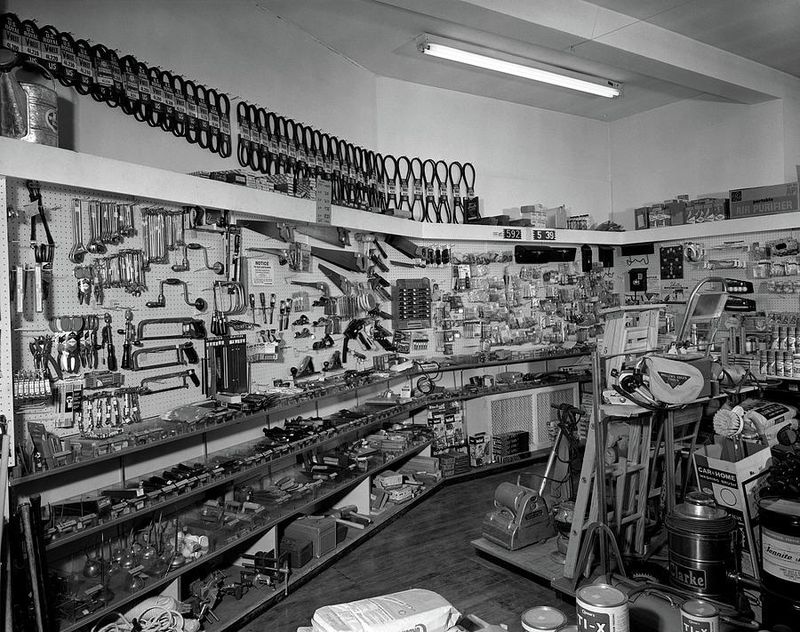
The 1950s hardware stores were the backbone of home improvement, offering a vast array of tools and supplies. Customers, from seasoned builders to weekend DIY enthusiasts, found assistance from knowledgeable shopkeepers. The store aisles, filled with everything from nails to paint, were treasure troves of possibility.
Conversations often revolved around tips for successful projects or the latest home trends. These stores were more than retail spaces; they were places of learning and inspiration. The spirit of the 1950s hardware store lives on, reflecting the timeless joy of creating and building.
Old-Fashioned Barber Shops
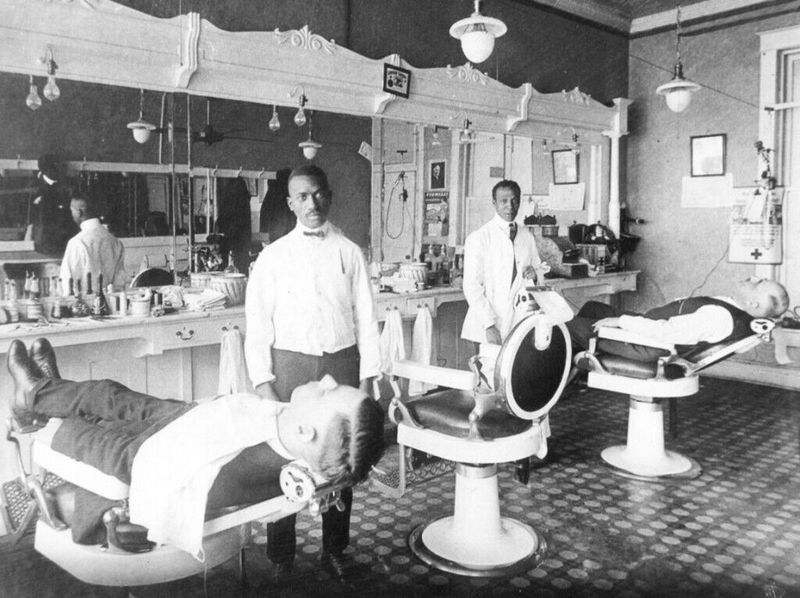
The barber shops of the 1930s were more than places for haircuts; they were social sanctuaries where men gathered to share stories and news. Vintage chairs lined the room, each a throne for patrons as barbers worked their magic with scissors and razors.
The camaraderie and conversation flowed, creating a sense of community. These shops were places of tradition and trust, where the barber knew each customer’s preferences by heart. The nostalgia for these old-fashioned barber shops endures, celebrating the timeless ritual of grooming and the bonds formed within those four walls.
Leave a comment